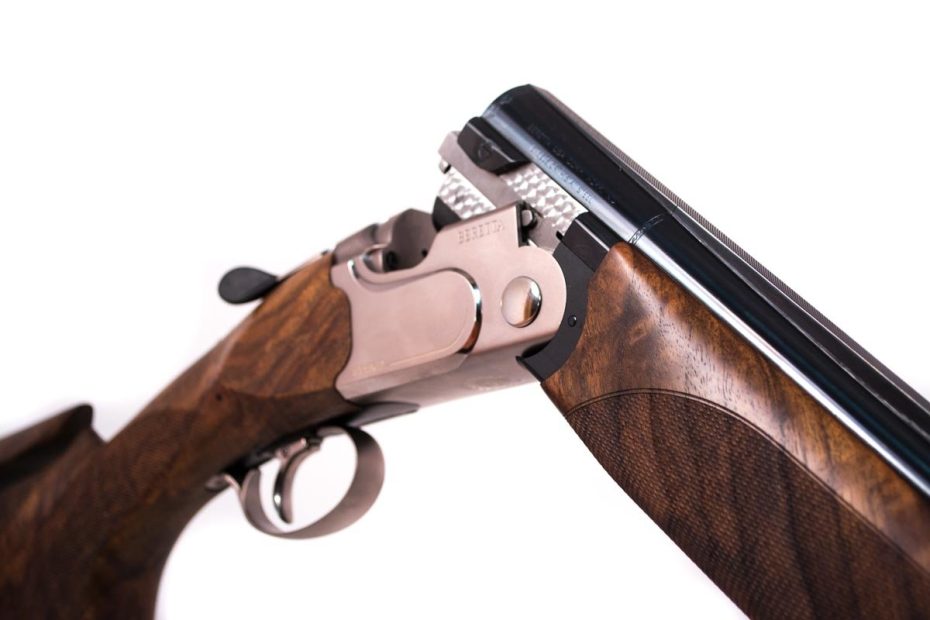[one_half padding=”0 0 0 0px”]
[track-link url=”https://www.beretta.com/en-us/692/” campaign=”Beretta 692″ target=”_blank”]
Beretta 692
[/track-link]
[/one_half]
[one_half_last padding=”0 0 0 0px”]
[track-link url=”/Search.htm?T=beretta + 692″ campaign=”Beretta 692″ target=”_blank”]![]() [/track-link]
[/track-link]
[/one_half_last]

On this, the 3rd day of October 1526. [To] Master Bartolomeo Beretta of the Brescian territory of Gardone for 185 arquebus barrels [made] for Our House of the Arsenal [given] 296 ducati.

So begins the history of the world’s oldest gun maker – Beretta. By the way, in 1526, 296 ducati was a lot of Benjamins. While it’s pretty hard to make an inflation-adjusted comparison, we know that Leonardo Da Vinci’s apprentices were paid 1/10th of a ducat per day, about 36 ducats a year, so Beretta’s first order for gun parts was about eight years pay for a hard working artist-inventor-mason-painter worker. We also know that Leonardo had about 600 ducats in his checking account in 1499, so if Beretta had been founded a few years earlier, he could have paid cash for 185 arquebus barrels, leaving plenty in the bank for a healthy ammo stockpile.
Italy’s Trompia Valley, home of Gardone, is flush with the right materials for gun making. Iron ore deposits abound and heavy forests provided the wood to stoke smelteries and smithies. Back in the day, barrel making was a bit different. Craftsmen pounded iron plates around a mandrel, overlapping them along a longitudinal seam. By mashing the snot out of the joints, they created solid barrel blanks, which were then shaped to final dimensions.
While early history of Beretta shows an emphasis on military arms, it was Giuseppe Beretta who stepped on the gas to ramp up production of sporting arms. In the 1850s, only 250 to 300 guns were produced annually. By the 1880s, that number exploded to almost 8,000 per annum.

Many early shotguns featured side by side barrel configuration, mainly because it was easier to produce a strong locking mechanism and figure out how to “light” each barrel. By the 1930s, engineers finally got really comfortable with good side lock designs and over / under shotguns took off. One Beretta story relates company inventor, Tullio Marengoni, demonstrating the strength of his new over / under cross bolt lock to the Berettas by securing the barrel and receiver to the stock with rope – and firing the gun himself. The gun held together, and the design was adopted.
Enter one of the latest Italian shotguns – the Beretta 692 Sporting. Since we’re talking Italian here, we’ll describe it as a “Sovrapposto” meaning over and under barrel configuration.
The newest iteration of the 692 Sporting line fills a gap in the Beretta product line for trap shooters wanting a high-quality gun without spending in the five digit range. At the top end is the DT-11 family – fantastic shotguns and the choice of plenty of Olympian shooters. But the DT-11 comes at a price point out of reach of many non-sponsored shooters. Moving into the two to five thousand price range, there was not a new production gun optimized for trap until now. The 692 Sporting line has been out for a while, but not with an adjustable comb and long barrels. It’s been the same with the recent Silver Pigeon line – fantastic guns for sporting clays and skeet, but none optimized for the trap field. Semi-automatics like the 391 series have been a viable option, but many shooters prefer the feel and convenience of break action shotguns for trap sports.
This particular 692 Sporting model shown here is the first one of its type to hit US shores. It’s got the B-Fast comb system for near-infinite adjustment and extra long barrels (32-inch) preferred by many trap shooters. Just to be clear, this is not a dedicated trap gun – it’s well suited for skeet and sporting clays. It just offers features that make it suitable for trap as well.
Let’s take a closer look.
Barrels

Borrowing from that high-end DT-11 line we mentioned earlier, the 692 Sporting model also uses “Steelium” barrel technology. Steelium is a fancy marketing name that, quite frankly, sounds a little goofy to me, but that’s neither here nor there. Here’s what it means.
Now producing over 500,000 gun barrels of various types each year, Beretta knows a thing or two about how to optimize a shotgun barrel. The biggest deal on this one, outside of uniformity, longevity and over/under alignment, is the forcing cone. That’s the conical section at the breach end that helps gently transition the shot load into the standard barrel diameter. By making this transition more gradual, you get a couple of benefits. First, the shot doesn’t get as mashed up. Lead pellets tend to stay round and uniform, and as a result, fly in a tighter and more consistent pattern. Second, the “shock” of the pellets leaving the shell and forcing their way into the muzzle is mellowed and drawn out over a longer period of time. While the overall recoil energy is still the same, the impact of the shooter is smoother and more spread out. This not only helps improve felt recoil, but also muzzle rise, encouraging a faster transition to a second shot.
To put the forcing cone improvements into mathematical perspective, a standard forcing cone has an overall length of about 65 millimeters. The Steelium PRO cone is a whopping 360 millimeters in length. That’s quite a difference that contributes to the gentle shooting and excellent patterns.

The chambers are cut for 3-inch shells should you want to hunt with your 692 Sporting. While we’re talking about chambers, the ejection system is adjustable with included tools.
The 692 Sporting features a wide rib that tapers in towards to the muzzle. I measured the rib just forward of the receiver at .39 inches wide. At the front bead, the rib narrows to .318 inches. A single white bead is mounted at the muzzle and there is no center bead or hole for one. This is fine with me as too much stuff on the rib is a distraction that pulls attention away from the target and back to the beads.
Stock and Finish
Both stock and fore-end are hand-oiled walnut. I’ll let the pictures speak for themselves as to the beautiful appearance. The feel of the wood is smooth, but not slippery. There’s no hint of oily residue – just a blemish-free finish.
Wood to metal fit is as good as I’ve seen on a production gun. Hard as I look, I just can’t find any imperfections of sloppiness in the mating of wood to metal components.
Both sides of the grip are checkered, as is most of the fore-end. The pattern is what I would describe as “moderate aggressive.” It’s got good grip, but doesn’t feel sharp or abrasive.

Stock drop varies with model, but for the 692 Sporting, the default drop at the comb is 1 ½ inches and drop at the heel is 2.inches. On this model, comb drop is adjustable with the B-Fast system.
Receiver
You’ll see just as much attention to detail in the receiver itself. What you won’t see are machining marks in no critical areas. Those have been buffed and polished as well. Contact areas are jewel-finished and look attractive, even as those areas wear.
The receiver is also a bit wider than those of previous models. The idea is to put as much weight as possible in the center of the gun for better handling and control. Overall weight of the 692 Sporting is about 7.8 pounds. This will vary based on the specific model. For example, this particular one, with 32-inch barrels and extra stock weights installed weighs in a shade over 8 ¼ pounds.
Choke Tubes

Reflective of its intended sporting clays usage, this 692 came with five Optima Bore HP choke tubes: Cylinder, Improved Cylinder, Modified, Improved Modified and Skeet. As the 692 with a B-Fast comb lends itself to all clays disciplines, the first thing I did was purchase an extra Skeet choke tube to make the gun equally at home on the skeet field.
The Optima Bore HP choke tubes include two knurled bands for wrench-free insertion and removal, but a polymer choke tool is included with the set. The choke tubes are also color-coded for quick identification. It’s actually a nice feature for guys like me who have a bit of trouble reading the fine print.
B-Fast System
I have to be careful about referring to the B-Fast system as just stock adjustment, as there are really two unrelated components to B-Fast.
The “fit” part of the B-Fast system is the adjustable comb. Two stainless steel posts in the stock allow the comb to be adjusted in any direction. Setting the height of the mount of the wood comb on the posts allows the shooter to customize stock drop vertically. You can adjust the comb up and down parallel to the stock, or by setting different heights on the front and back posts, you can angle the comb slightly up or down to desired alignment. Each post also moves sideways, allowing the user to adjust cast on or cast off. Again, the comb can be angled if so desired.
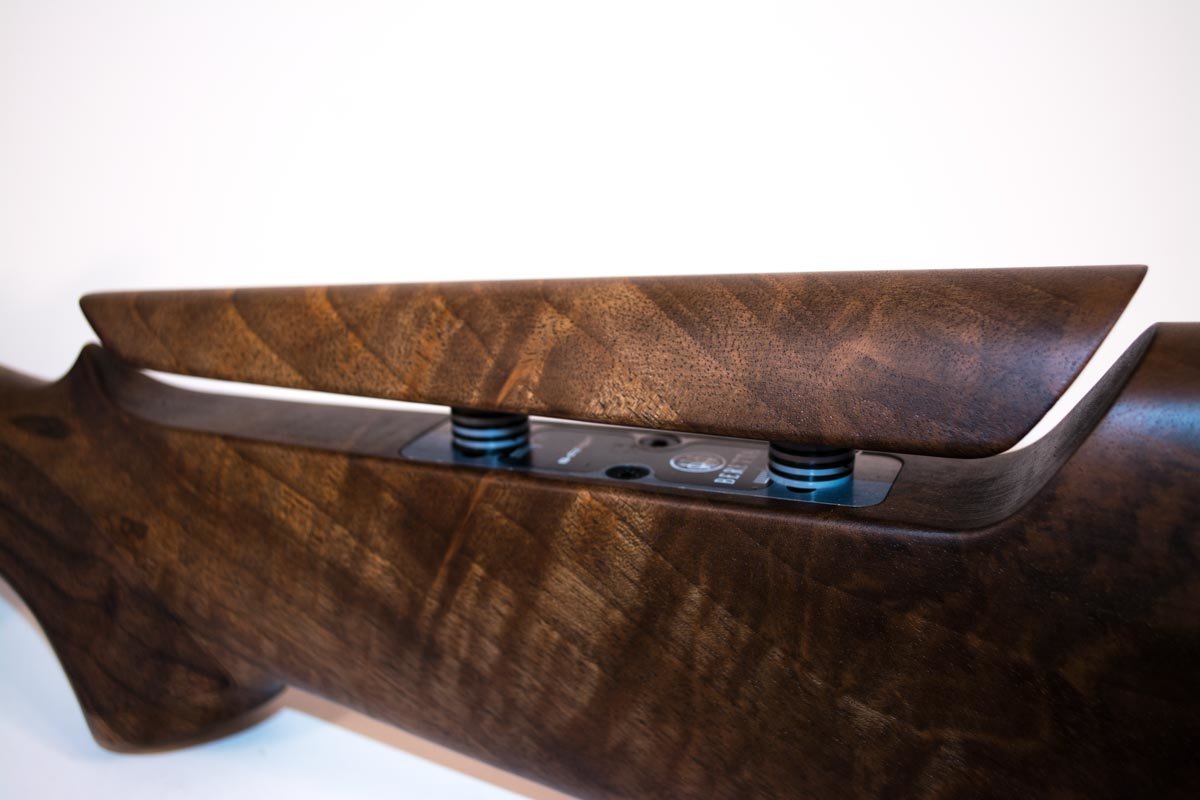
The other adjustment of the B-Fast system allows the user to tune balance point. Like most competition shotguns, the weight is in the receiver area. With B-Fast, 20 gram metal wads can be inerted into the back of the stock to move the balance point of the gun slightly forward or backward. As many as five wads can be inserted for a total of 100 grams of adjustment to bring the balance point further back. Just remove the recoil pad to access the balancing wad hole. I used two 20 gram fixing wad weights in the stock and this moved the balance point just about a half inch behind the barrel hinge.
Trigger, Safety and Barrel Selection
The 692 uses a single trigger controlled by a tang-mounted combination safety and barrel selector switch. Forward and backward slide of the switch moves the gun between safe and fire modes. You’ll see an engraved “S” forward of the switch. When you slide the lever back, this will be exposed, indicating the shotgun is on safe. The rear of the safety lever features and aggressive side to side step pattern which provides gripping surface for your thumb to easily move the lever into the fire position. On the front, you’ll find a a scooped out shape that allows you to pull the lever back into the safe position.
The barrel selector indications are intuitive. On each side of the selector switch are two dot indents. One is red and the other white on each side. For example, sliding the barrel selector to the right exposes a larger red indent over a smaller white dot indent on the left side, indicating that the upper barrel will fire first.

While we’re touring the tang department, the opening lever is stainless steel, but features an insert covered with a hard rubber or polymer material to provide a sure grip for your thumb. The left side of the thumb pad is also textured.
A single trigger Using a trigger gauge, I measured the lower barrel trigger break at a consistent three pounds. Changing to the upper barrel first configuration, I measured pull weight at exactly four pounds.
The trigger is adjustable along a .9 inch track to fine tune length of pull and reach from the grip. A small flathead screw locks the trigger in the desired location along the track.
Case and Contents
The 692 Sporting comes in a very elegant silver plastic case. The case is custom shaped inside for the stock, barrel and accessories and lined with soft padding. A velcro strap holds the stock and receiver in place to help prevent parts from knocking around during travel. The case also has three combination locks so technically you could use it as a travel case. I wouldn’t though, as the appearance and Beretta logo just scream “Really nice gun inside!”

In addition to the choke tubes and case, you’ll find a lower profile recoil pad in case you want to reduce length of pull without doing any stock work. A small plastic case labeled “Spare Parts” includes a screwdriver that fits the trigger adjustment and a combination hex tool for stock and ejection adjustments.
Handling
This particular Beretta 692 is replacing a Beretta 391 Gold Teknys with a 30-inch barrel for competition use. Obviously, the long, 32-inch double barrels change the swing feel dramatically – for the better in my opinion.
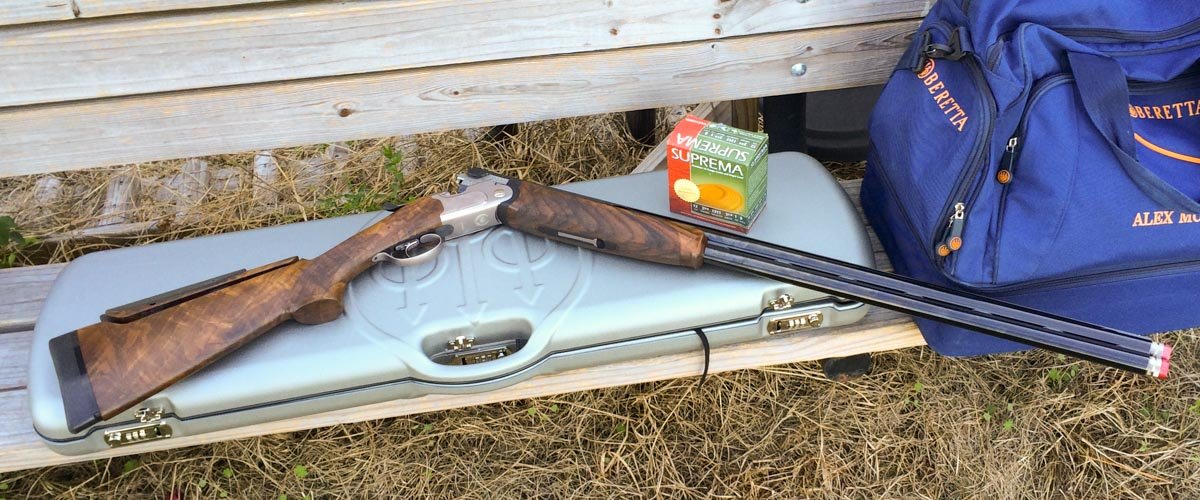
Starting with the action, I would describe it as “tight like a tiger” to plagiarize Goldmember’s words. The action snaps closed and requires a little force. The fore-end locks onto the barrels tightly. It take a bit of pressure to operate the opening lever. I like this – a lot. Over time, these very tight fit components will settle into place, and down there road, I’m confident there will still not be the slightest bit of movement or shake. Everything fits like a tight glove. If you put tons of wear and tear on it, you can even replace the locking shoulders down the road. This gun is built to shoot hundreds of thousands of rounds with ease.

In terms of shooting feel, it’s heavy enough to be a steady target gun, but controllable enough to swing through crossing targets. The feel is not as heavy as a dedicated trap gun, but there’s enough mass to provide stability on straight away targets. Surprisingly, this longer and heavier model has turned out to be a great skeet gun. The compromise in weight and barrel length allows the 682 Sporting to be a solid option for multiple clay sport disciplines.
Models
The 692 Sporting is a family of guns, each with slightly different configuration. As we’ve discussed, the one mentioned in this article is the brand new model with B-Fast adjustable comb AND 32” barrels. You can also get right and left handed skeet models and sporting clays models with or without B-Fast combs and 30-inch barrels. Left-handed models are also available in skeet configuration and sporting configuration with or without B-Fast combs.
MSRP varies with specific model, but ranges from $4,755 to $5,225.
[one_half]

[/one_half]
[one_half_last]

[/one_half_last]
[one_half]

[/one_half]
[one_half_last]

[/one_half_last]
[one_half]

[/one_half]
[one_half_last]
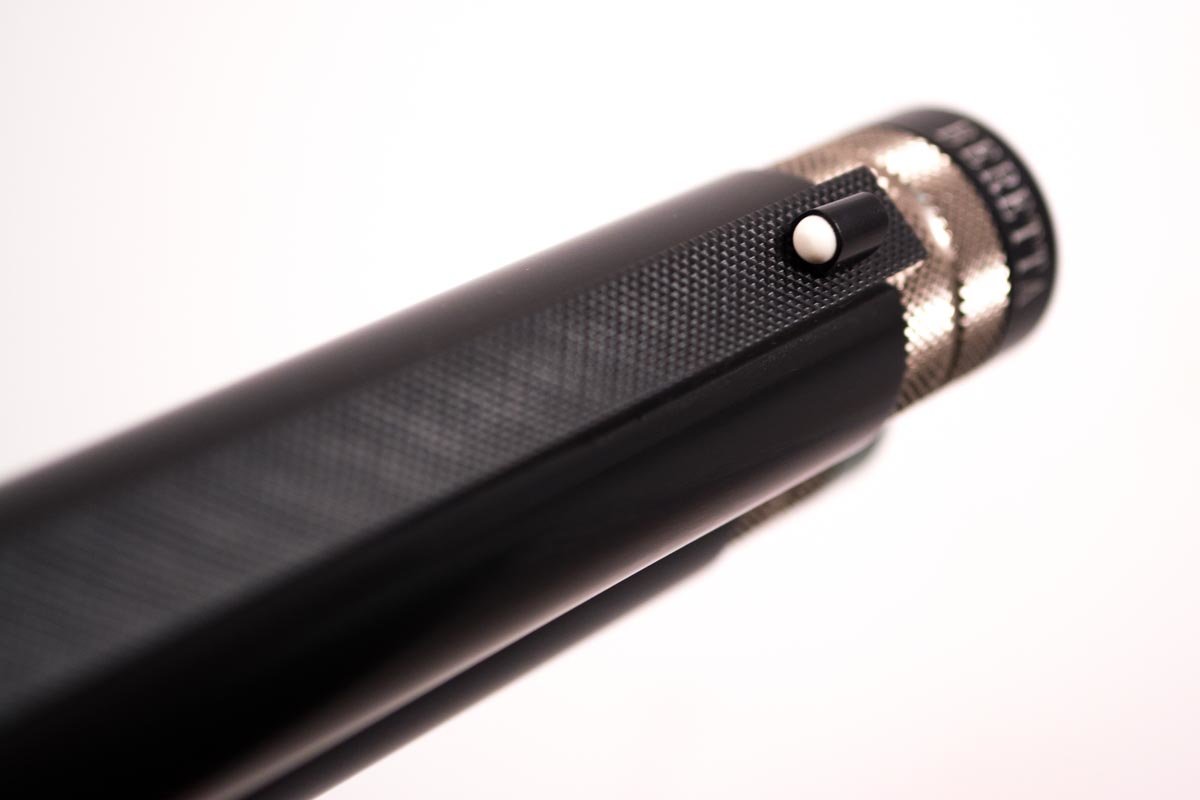
[/one_half_last]
[one_half]
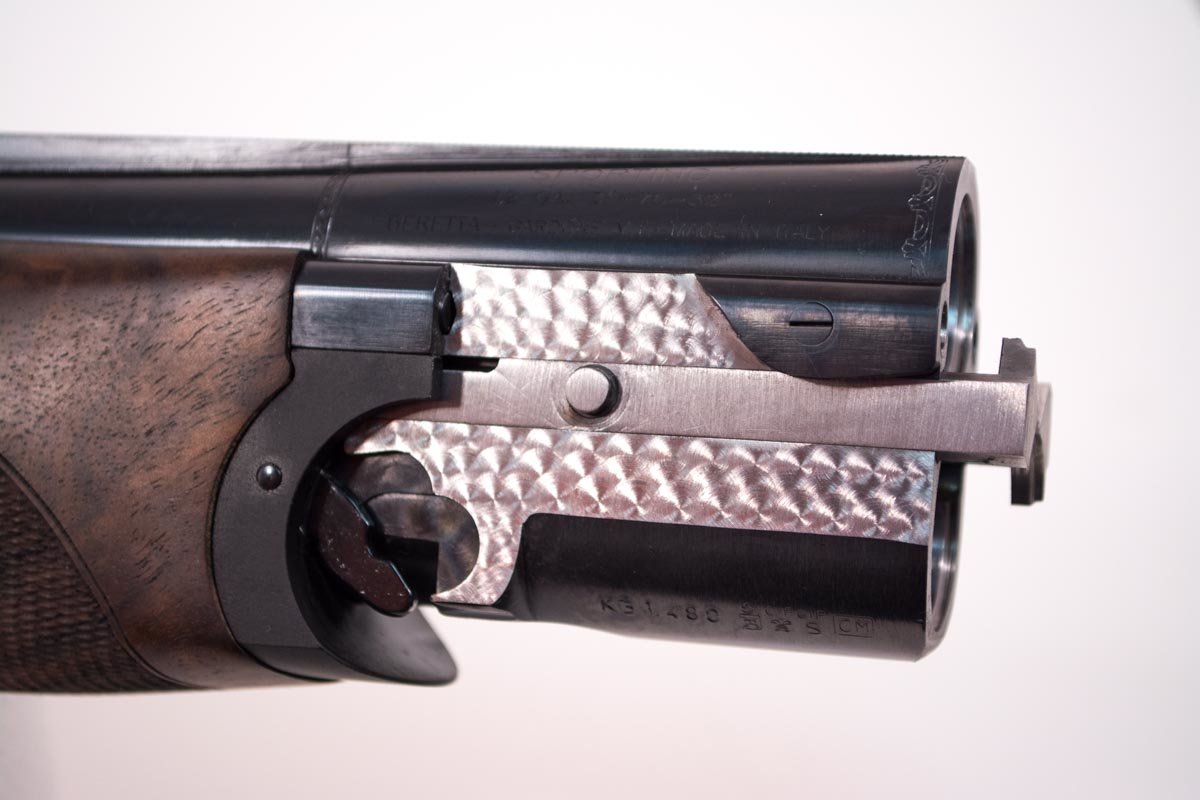
[/one_half]
[one_half_last]

[/one_half_last]
[one_half]

[/one_half]
[one_half_last]

[/one_half_last]
[one_half]
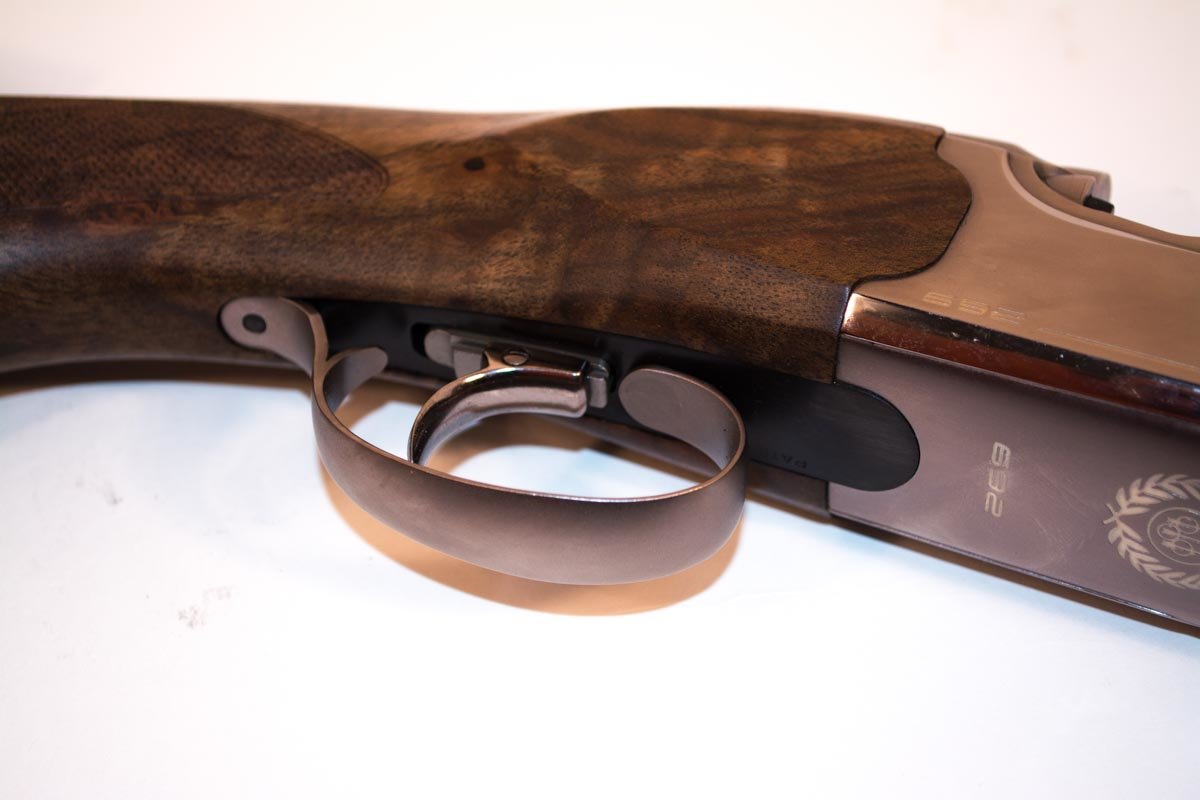
[/one_half]
[one_half_last]

[/one_half_last]
